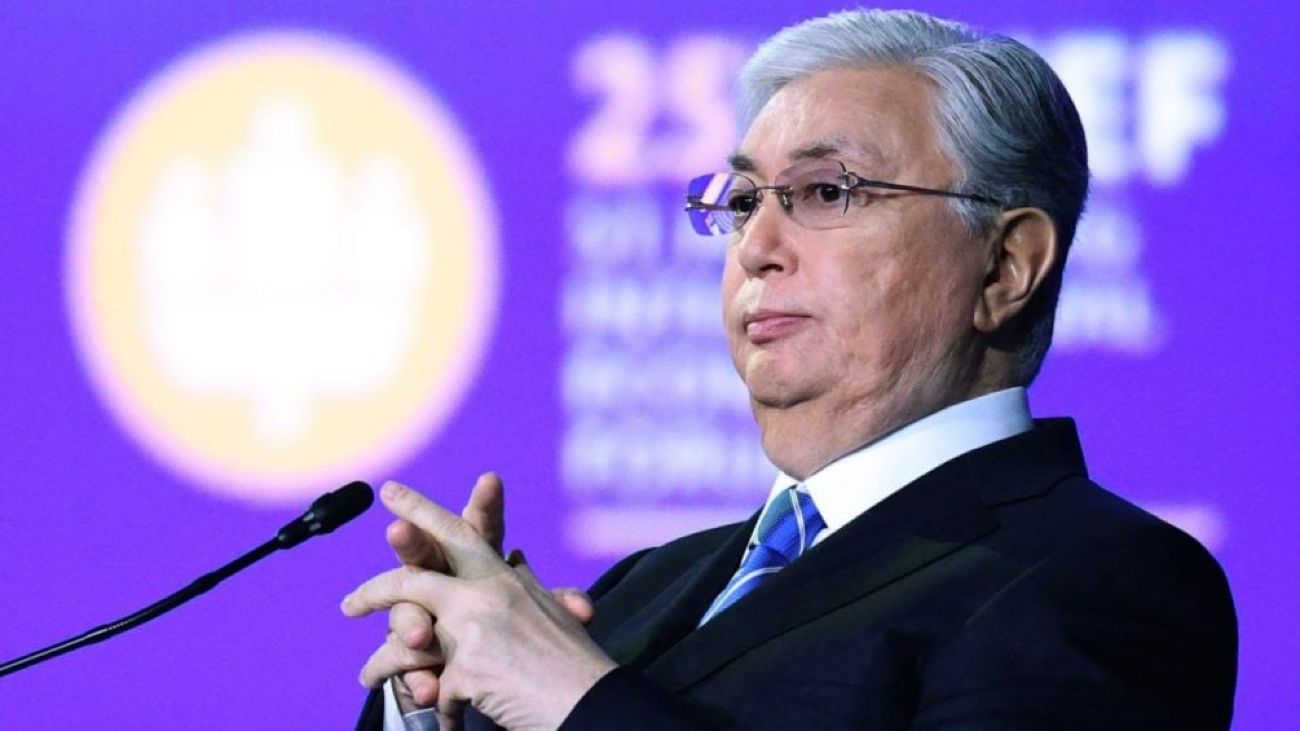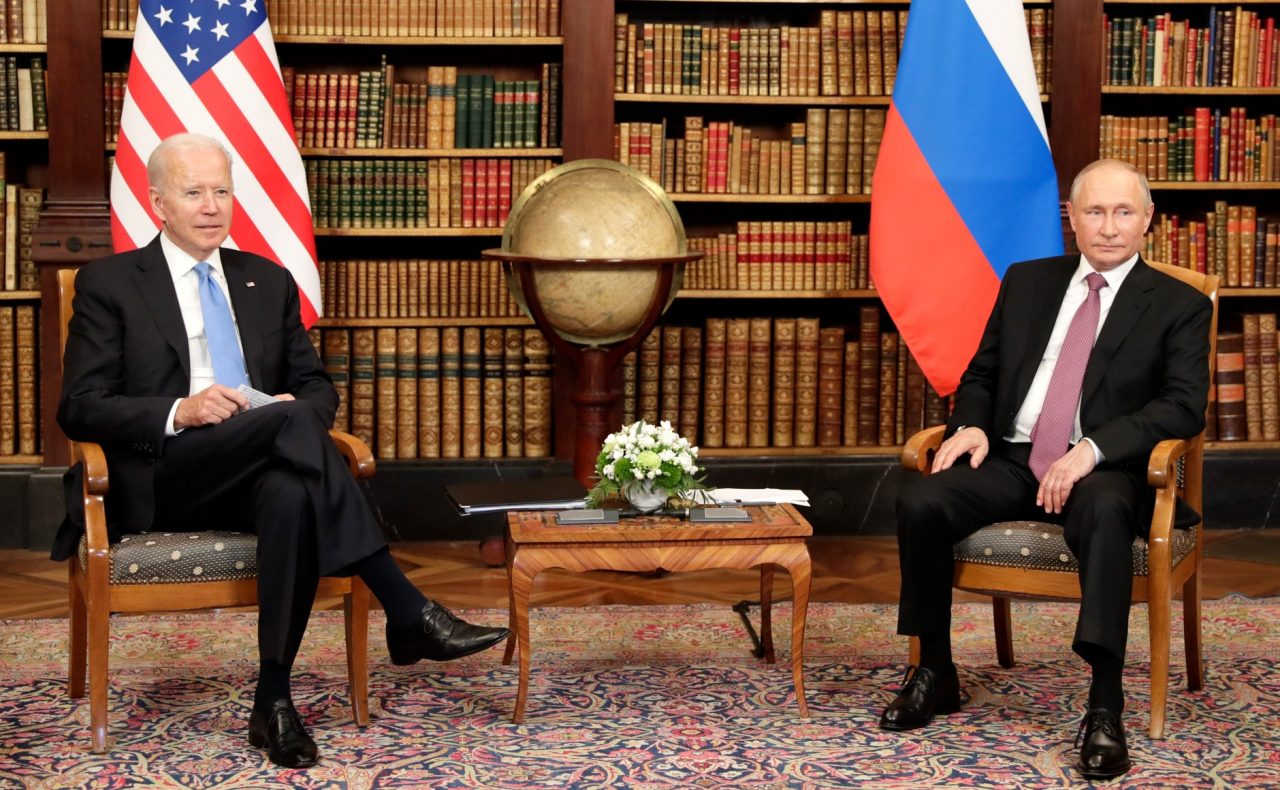In his opening remarks at the EU-Central Asia Connectivity Conference in Samarkand, Joseph Borrell, vice-president of the EU, made some notable assertions that ask for more elucidation and intensive analysis of what the EU envisages about the broad contours of the new world order.
The crux of his remarks hints at multi-polarity as the inevitable global strategy and the necessity of accepting the option and reconciling with it. Is this the message he wanted to convey? Interestingly Borrell traveled to Samarkand via Astana, where he met with Tokayev.
Multi-Vector Policy
Kassym-Jomart Tokayev, who has been re-elected president of Kazakhstan, made a tantalizing remark to reporters on Sunday (November 20) that his country will pursue a multi-vector policy.
In his election campaign, addressing an election rally in Astana, he had said, “I believe that given our geopolitical situation, given the fact that we have over $500 billion involved in our economy, given that global companies are operating in our market, we simply have to pursue a multi-vector, as they say now, foreign policy.”
The phrase multi-vector policy was first used by the former Kazakh President Nursultan Nazarbayev. In explaining the goals of this strategy, President Nazarbayev stated that a multi-vector foreign policy means the development of friendly and predictable relations with all states that play a significant role in world affairs and are of practical interest to the country.
The multi-vector foreign policy is the characteristic of the foreign relations of the five Central Asian Republics- Kazakhstan, Uzbekistan, Turkmenistan, Tajikistan, and Kyrgyzstan.
However, the chief exponent of multi-vector foreign policy, Kazakhstan leader Nazarbayev stated that a multi-vector foreign policy means the development of predictable and friendly relationships with all countries.
Due to its regional and economic potential, Kazakhstan should not be concerned only about national issues. Through multi-vector policy, it can eliminate any manifestation of threats to the security of Kazakhstan.
Accordingly, Kazakhstan and other republics of Central Asia followed the policy of developing friendly relations with all competing powers in the region-Russia, China, the US, and the European Union, instead of maintaining closer ties with Russia only.
This has enabled them to maintain their foreign policy independence and protect their national interest.
Importance
The term ‘Multi-Vector foreign policy may be new, but its elements are old and found in the policy of non-alignment followed by India during the cold war. India’s present principle of ‘strategic autonomy’ also shares the core elements of multi-vector policy.
The multi-vector foreign policy is relevant when global order is characterized by multi-polarity and fluid relations among nations. This is not a bipolar or unipolar world. As such, each country has to follow a policy of multiple engagements with all relevant actors to safeguard its interests and security.

Within Central Asia, the most noteworthy Turkic state concerning both hydrocarbon resources as well as territorial size is Kazakhstan. It is this country that has attracted the attention of energy import-dependent neighbors as well as global energy companies located on different continents.
Countries like China and companies such as Chevron are purely and simply focused on the oil and gas that lie beneath Kazakh territory. They are interested in Nigeria for the same reason. This provides additional evidence that for many interested parties, it is not the “Heartland” concept that explains their motives.
Nevertheless, the location of Kazakhstan is an essential factor to bear in mind when evaluating the significance of Astana in regional and global relations.
Foreign Policy
Kazakhstan has a genuine right to consider its geography and location when framing the broad outlines of the state’s foreign policy. It shares land borders with five states: China 1,765 kilometers, Kyrgyzstan 1,212 kilometers, Russia 7,644 kilometers, Turkmenistan 413 kilometers, and Uzbekistan 2,330 kilometers.
Apart from these countries, there are important regional states such as Turkey — sharing vital characteristics such as common ancestry, ethnicity, culture, and religion – Iran, and India that also appear prominently in the foreign policy milieu.
However, the United States, undoubtedly the most crucial extra-regional power, captures much of the time and effort of Kazakh diplomats and decision-makers.
Coming to the brass-tacks, in its search for a solution to accommodate its two powerful neighbors and constituting a viable modern democratic state, a multi-vector foreign policy approach has been seen as the answer.
Such a policy has permitted Astana to keep its good historical relations with the Russians, attract the United States to invest in its economy, primarily the energy sector, and take up the opportunity to feed the increasing thirst for energy that stems from China’s impressive economic growth.
In his talks with Chinese President Xi Jinping, who had broken his journey to Samarkand for a day’s stay at Astana, the Kazakh President put the entire concept in one simple but highly meaningful sentence.
He said, “I believe that given our geopolitical situation, given that we have over $500 billion involved in our economy, given that global companies are operating in our market, we simply have to pursue a multi-vector, as they say now, foreign policy.”
This also reminds us of the early post-Soviet era when the new Russian leadership spoke about a multi-vector approach in its foreign policy development which it imagined could be de-ideologue, pragmatic, and flexible. But what Tokayev adds is the diversification of the relationship, making it optimal for Kazakh.
In his election campaign, Tokayev emphasized that Kazakhstan would make every effort to develop further allied relations with Russia, a lasting strategic partnership with China, and comprehensive cooperation with brotherly Central Asian states. This, in short, is the total of his multi-vector foreign policy. Call it diplomacy or necessity; the multi-vector polarity concept is gaining ground, especially with landlocked countries.

The Challenge
But, while outlining the concept, we need to note that a challenge looms ahead as the chemistry of the relationship between the Big Brothers has been shifting from what it was a year or two ago.
Covid-19 wreaked havoc on the entire humanity. We were hardly out of the woods when the unfortunate war between Russian Federation and Ukraine came with its power of destruction. Its impact has been phenomenal.
In the backdrop of this war, Central Asia is becoming a turf where the West is beating a path to forge closer alliances and build new trade routes.
The Central Asian states are under pressure to make choices and choose sides. The earlier referred opening remarks made by European Union’s foreign-policy chief Josep Borrell at the EU-Central Asia Connectivity Conference: Global Gateway in Samarkand, Uzbekistan, is particularly noteworthy.
Russian and Chinese leadership have been profusely speaking about multi-polarity. By not agreeing to cast a vote against Russia at the UN Security Council, India has given courageous and practical proof of her firm belief in the theory of multi-vector foreign policy without making unnecessary noise about it.
The Other Views
Josep Borrell delivered a strong narrative of the Central Asian region’s importance to the EU. He said the EU aims to deliver the highest quality investments based on sound principles, transparent rules, and legal certainty.
He added, “This approach is one of the reasons that Europe is the number one source of Foreign Direct Investment across the world and by far the largest investor in Central Asia.
Over the past ten years, EU member states have invested more than €105 billion or $121.3 billion in Central Asian countries, which exceeds 40% of the total foreign direct investment in the region. Yes, the EU invests more in the region than Russia and China. This is an excellent basis to build.
And we are ready to do more: for the coming four years, we have allocated €300 million in grant funding for bilateral and regional projects.
Our task today is to identify ways to unleash the existing potential and build lasting connections. Both within Central Asia and between Central Asia and Europe.”
By all means, Kazakhstan is Central Asia’s most important and influential state. The EU gives priority to its relations with Central Asia. It hopes that other Central Asian Republics will emulate the new foreign policy concept of the European Union.
But there is another side to this opinion. Western think tanks are skeptical of President Tokayev’s multi-vector narrative. They think that deeply embedded in Marxist ideology, Tokayev is only feigning a democratic posture and multisectoral doctrine.
In support of their criticism, they refer to the use of brute force to quell the unrest in Almaty sometimes back and Tokayev inviting Russian police and forces to tackle the situation. They also refer to the continued arrest of two Americans in Almaty.
Not only that, Radio Free Europe and Radio Liberty, an organ of the US foreign and security policy establishment, roundly debunks Tokayev’s credentials as a liberal, calling them “mainly cosmetic … [which] do not change the nature of the autocratic system in a country that has been plagued for years by rampant corruption and nepotism.”
They argue that the reason why Xi Jinping broke his journey at Astana for the first time in 1000 days while traveling out of Beijing was to refresh the Chinese B&RI contribution of making Kazakhstan the hub of the B&RI.
- Padma Shri KN Pandita is the former Director of the Centre of Central Asian Studies at Kashmir University. Views expressed here are of the author’s.
- Mail EurAsian Times at etdesk(at)eurasiantimes.com
- Follow EurAsian Times on Google News




